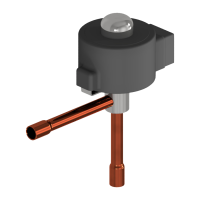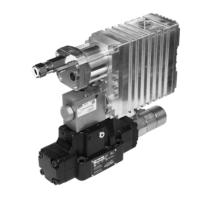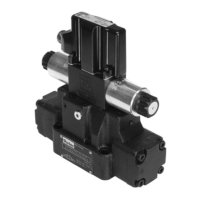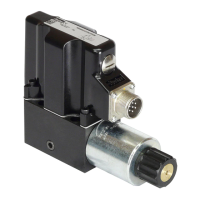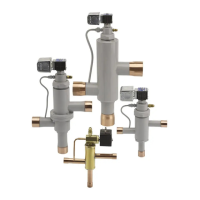10.7.3. Variable Reluctance
Variable reluctance sensors are typically used in frequency measurement
applications, and are compatible with AC-coupled frequency inputs.
Variable reluctance sensors do not require power (the power is induced), and they
create frequency by out-putting a sine wave type signal. They work by using an
increase or decrease in a magnetic field to detect the proximity of a part or device.
The following shows a typical variable reluctance connection:
Figure 29: Variable reluctance sensor connection
10.7.4. Switch
A switch is a type of sensor that uses mechanical contacts in one of two states:
open or closed. Sensor switches are used to turn sensors on and off, and can be
wired directly to digital inputs.
Active-low sensor switches are common. To use active-low switches, the internal
pull-up resistor on the input that the sensor is wired to must be enabled.
Use of active-low switches is not recommended. A broken wire on this
type of switch, if it makes contact with the chassis, will activate the
function.
Active-high sensor switches are another common type which are generally safer.
To use active-high switches, the internal pull-down resistor for the input that the
sensor is wired to must be enabled.
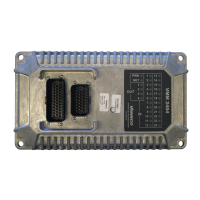
